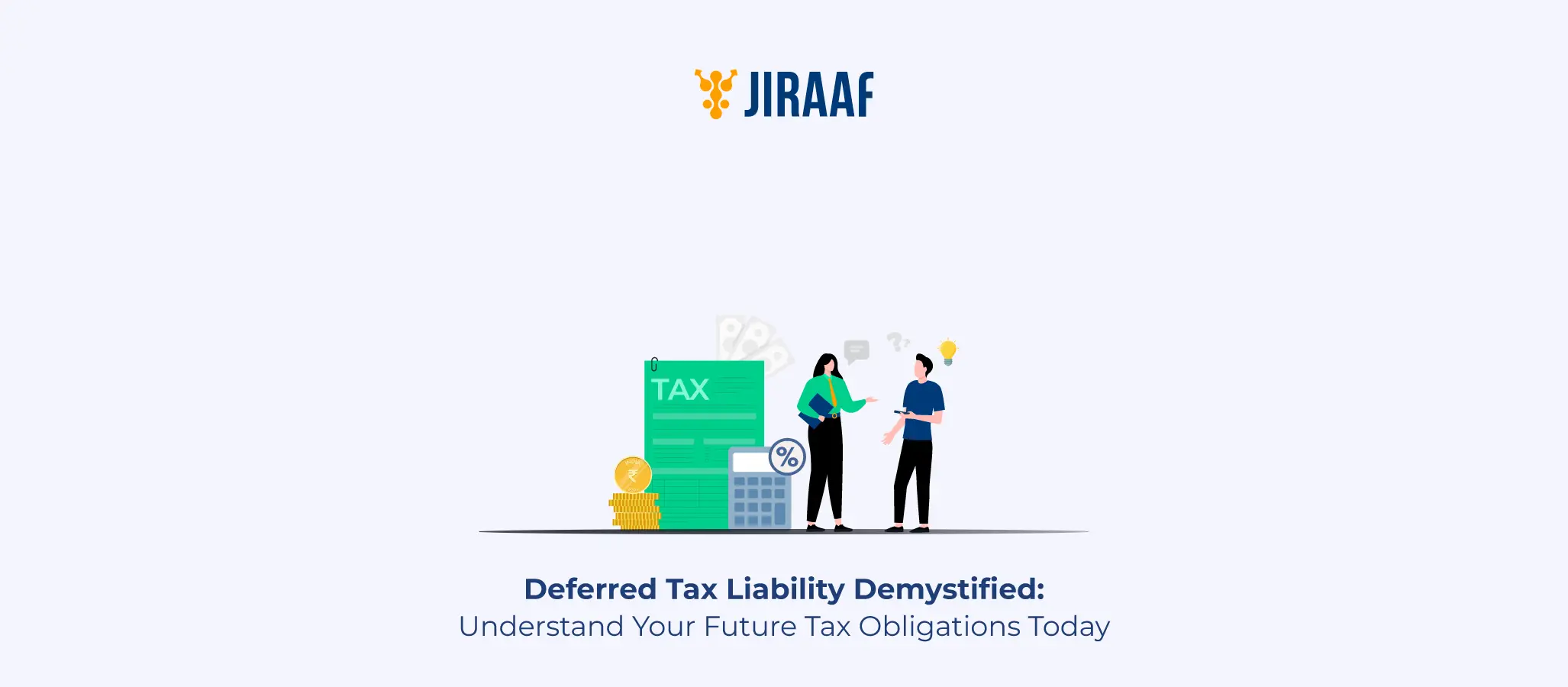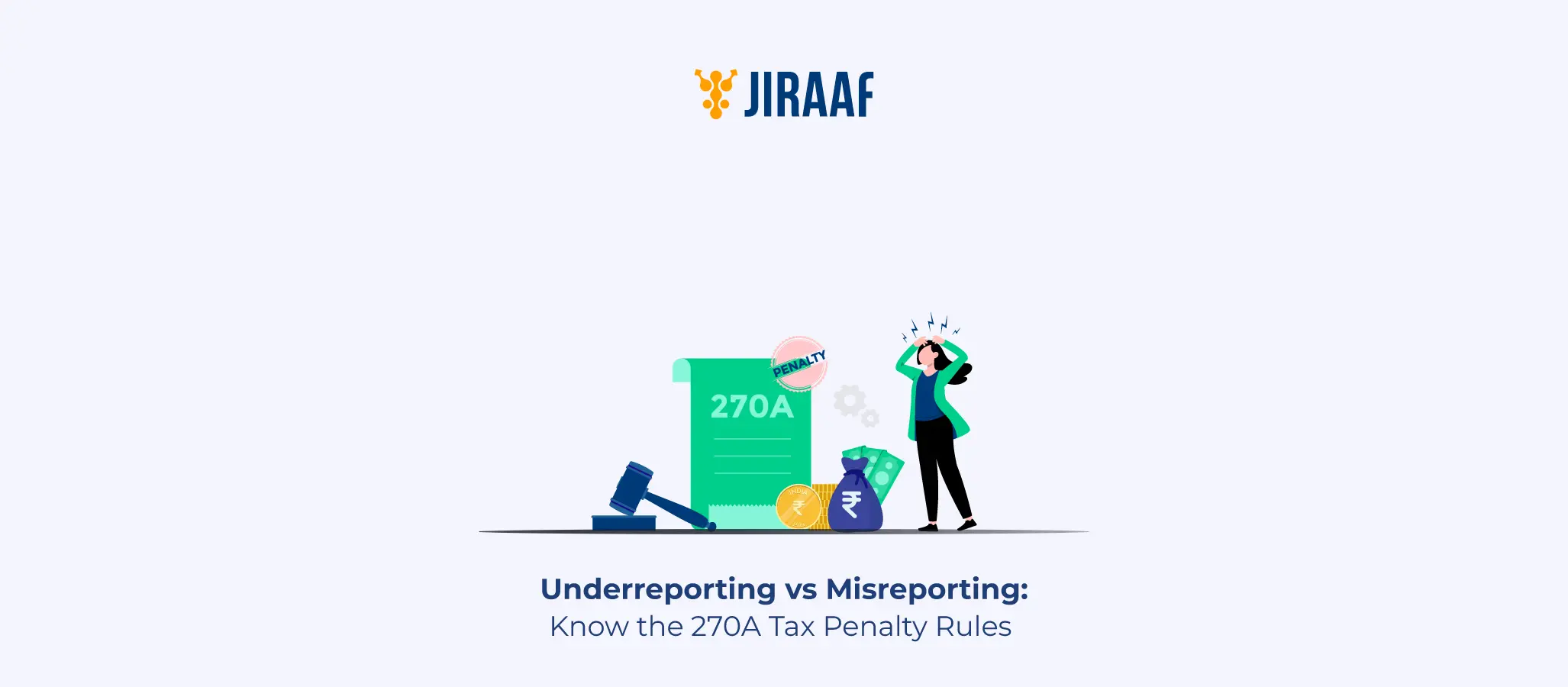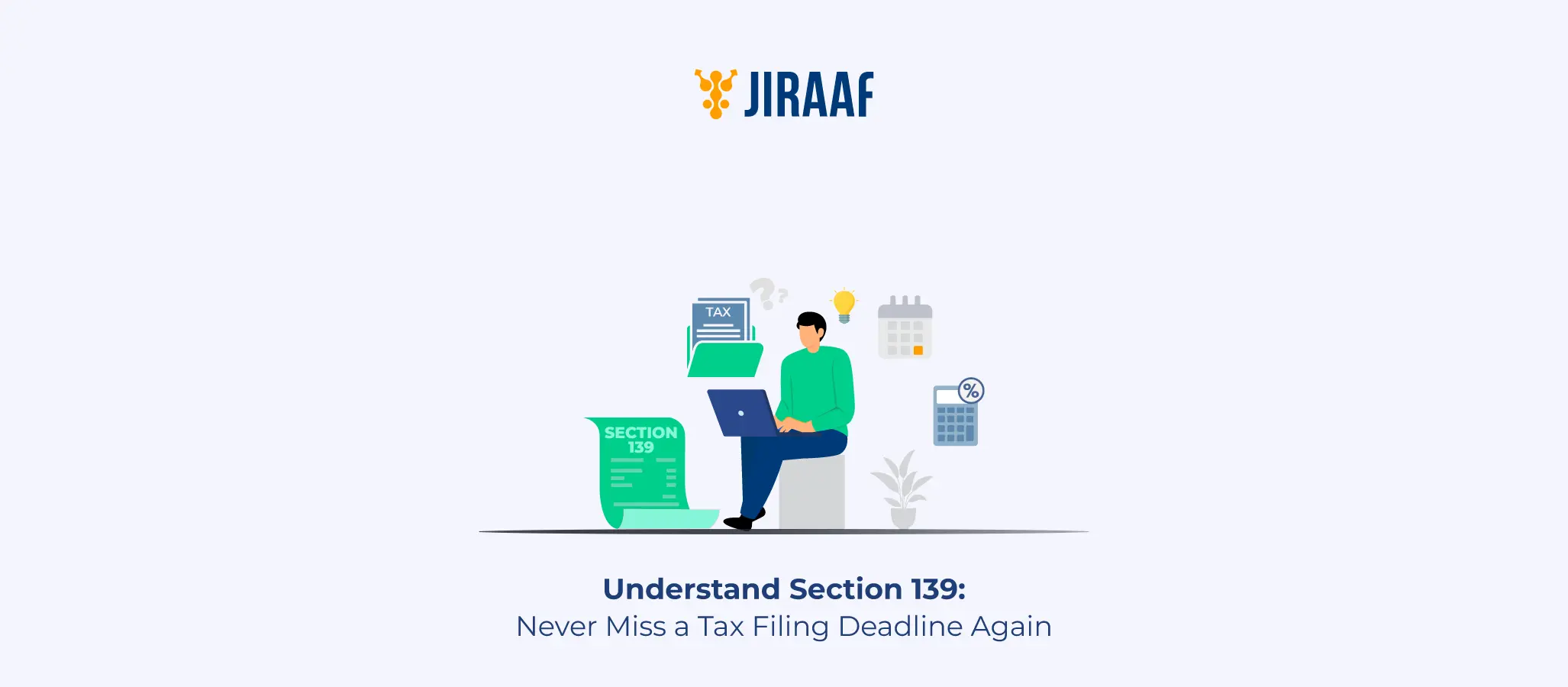You’re probably familiar with Section 80C, the darling of tax-saving deductions. But did you know that it has a lesser-known sibling called Section 80CCC? If you’re planning for retirement and investing in pension funds, this section could be your secret weapon. It offers a specific deduction for contributions to certain pension plans, helping you save on taxes while securing your future. Ready to explore how? Let’s break it all down.
What is Section 80CCC of the Income Tax Act?
Section 80CCC provides a tax deduction for individuals who contribute to specific pension funds offered by insurers. Think of it as a targeted tax-saving option for your retirement needs.
Here’s what it covers:
- Contributions made to pension funds offered by Life Insurance Corporation (LIC) or other approved insurers.
- The pension plan must specifically be meant for receiving pension upon retirement.
- The deduction is available only for the year the contribution is made.
So, if you’re putting money into a retirement-oriented insurance policy, Section 80CCC ensures you get some tax benefit today for thinking ahead.
Features of Section 80CCC
Here are the key features you need to know:
- Tax Benefit on Contributions: You can reduce your tax liability of up to ₹1.5 lakh by investing in eligible pension plans. Please note that this limit is not separate from 80C, but inclusive of it.
- Applies to Individuals Only: This benefit is exclusively for individual taxpayers; Hindu Undivided Families (HUFs) can’t claim it.
- Covers Select Pension Plans: Only contributions to LIC or other IRDAI-approved insurers’ pension plans qualify.
- Pension is Taxable: While the contribution gets a deduction, the pension you receive later is treated as income and taxed accordingly.
- No Double Deductions: If you’re claiming a deduction under 80CCC, you can’t claim that same amount again under 80C.
These features make 80CCC distinct, especially in how it treats pension receipts and the specific products it covers.
Who is Eligible to Claim Under Section 80CCC?
To claim the deduction under 80CCC, you must:
- Be an individual taxpayer (resident or non-resident)
- Make contributions from taxable income only
- Invest in a qualifying pension fund (offered by LIC or any other approved insurer)
- Have valid PAN and KYC documents in place
There’s no minimum age requirement, and anyone can benefit from it, but practically, this section is most relevant to those earning active income and preparing for retirement.
Also, remember that the investment should be made in your name. Contributions made for a spouse or child are not eligible under this section.
Deduction Limit Under Section 80CCC
Here’s where it gets a little tricky for most taxpayers, but don’t worry, we’ll simplify it.
- The maximum deduction under Section 80CCC is ₹1.5 lakh per financial year.
- However, this limit is not separate from deductions under 80C and 80CCD(1). All three fall under a combined cap of ₹1.5 lakh.
Example:
Let’s say you invested:
- ₹60,000 in Public Provident Fund (PPF)
- ₹50,000 in Equity Linked Savings Scheme (ELSS)
- ₹50,000 in an LIC pension plan (eligible under 80CCC)
You can only claim ₹1.5 lakh in total under 80C, 80CCC, and 80CCD(1) combined. So, prioritize your claims wisely depending on your portfolio.
How to Claim 80CCC Deduction in ITR
Claiming the 80CCC deduction is simple if you follow the right steps:
Where to Declare in ITR-1/ITR-2
- Head to the “Deduction under Chapter VI-A” section in your ITR form.
- Choose the relevant subsection for 80CCC.
- Enter the actual contribution amount (within the overall ₹1.5 lakh cap).
Step-by-Step Guide
- Log in to the Income Tax e-Filing portal.
- Choose your ITR form (usually ITR-1 or ITR-2).
- Under “Tax Deductions and Taxable Income”, go to Chapter VI-A.
- Enter the eligible amount under Section 80CCC.
- Upload supporting documents if needed (some forms may not require this).
- Validate, preview, and submit your return.
Keep a copy of your investment proof (policy bond, premium receipt) just in case of a tax department query.
80CCC vs 80C vs 80CCD—Know the Difference
People often confuse these three sections. Here’s how they differ:
| Details | 80C | 80CCC | 80CCD(1) |
| Covers | PPF, ELSS, NSC, life insurance, tuition fees | Pension plans from LIC/insurers | Employee/individual contribution to NPS |
| Maximum Deduction | ₹1.5 lakh (combined) | ₹1.5 lakh (combined with 80C/80CCD(1)) | ₹1.5 lakh (combined) |
| Who Can Claim | Individuals & HUFs | Individuals only | Salaried/Non-salaried |
You can claim all three, but the aggregate limit remains ₹1.5 lakh.
Common Mistakes to Avoid While Claiming 80CCC
- Claiming Ineligible Plans: Only certain pension-specific plans are allowed, not general life insurance policies.
- Double Claiming: Don’t claim the same investment under both 80C and 80CCC.
- Ignoring the Taxability of Pension: While contributions get a deduction, remember your pension will be taxed.
- Overlooking the Combined Cap: Total deductions across 80C, 80CCC, and 80CCD(1) must not exceed ₹1.5 lakh.
- Missing Documents: Always keep policy documents and payment receipts for proof.
Avoiding these mistakes ensures a smoother ITR filing and prevents future tax notices.
Conclusion
Section 80CCC might not be as well-known as 80C, but it plays a crucial role in retirement planning. If you’re investing in eligible pension funds, this section lets you enjoy tax relief today while preparing for a steady income tomorrow.
That said, use it strategically. Factor in the combined deduction limit, understand how your pension will be taxed later, and avoid claiming ineligible plans. With a little planning, Section 80CCC can be your ally in building a tax-efficient retirement corpus.
After all, planning for your golden years shouldn’t mean giving up on savings today. Make your investments—and your deductions—work smarter for you!
FAQ
Who is eligible to claim the 80CCC deduction?
Only individual taxpayers—both resident and non-resident—can claim the deduction under Section 80CCC. Hindu Undivided Families (HUFs) are not eligible. You must have invested in a pension fund approved by LIC or another IRDAI-approved insurer using income that is chargeable to tax in your own name.
How much deduction can be claimed under Section 80CCC?
You can claim a maximum deduction of ₹1.5 lakh per financial year under Section 80CCC. However, this limit is not separate—it falls under the overall ₹1.5 lakh cap shared with Section 80C and Section 80CCD(1). Contributions beyond this combined limit won’t be eligible for a tax break.
Do pension fund investments qualify under Section 80CCC?
Yes, investments in specific pension funds qualify for deduction under Section 80CCC. These must be retirement-oriented plans offered by LIC or other insurers approved by the Insurance Regulatory and Development Authority of India (IRDAI). The contribution should be made from taxable income, and the plan must provide periodic pension or annuity.
What is the difference between Sections 80C and 80CCC?
Section 80C covers a wide range of investments like PPF, ELSS, life insurance, and more. Section 80CCC is specifically for contributions to approved pension funds. While both offer deductions up to ₹1.5 lakh combined, 80CCC focuses solely on retirement-oriented pension plans, whereas 80C includes broader saving and investment instruments.
Discover fixed income investments with Jiraaf, a SEBI registered online bonds platform that educates and brings access to a wide array of bonds. Sign up today to explore diversified fixed income investment opportunities to support your goal-based wealth creation journey. Start investing!




